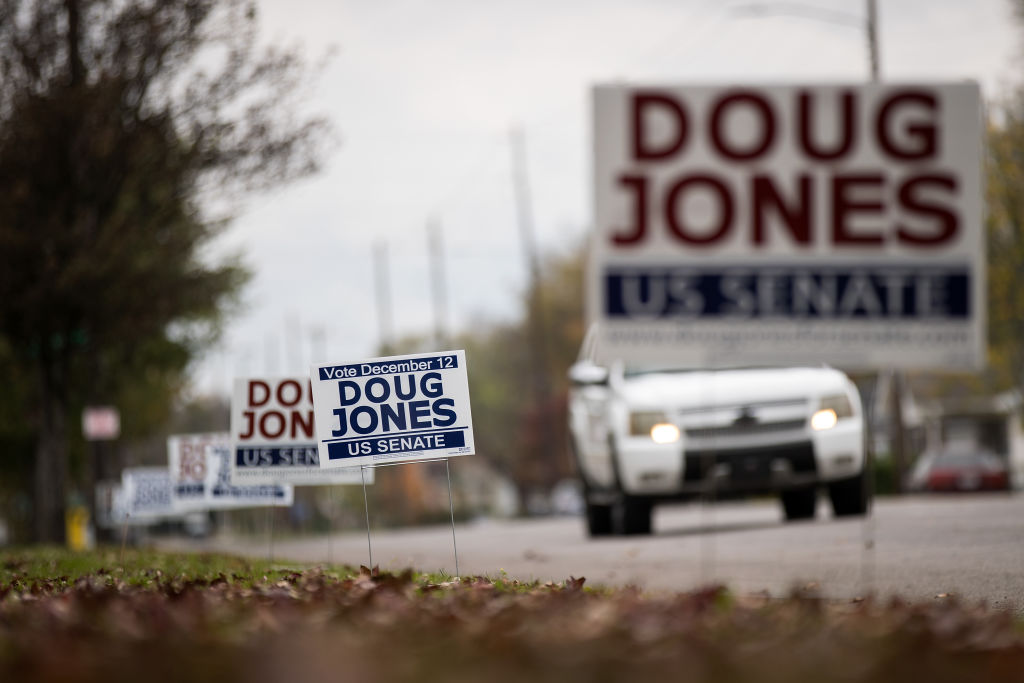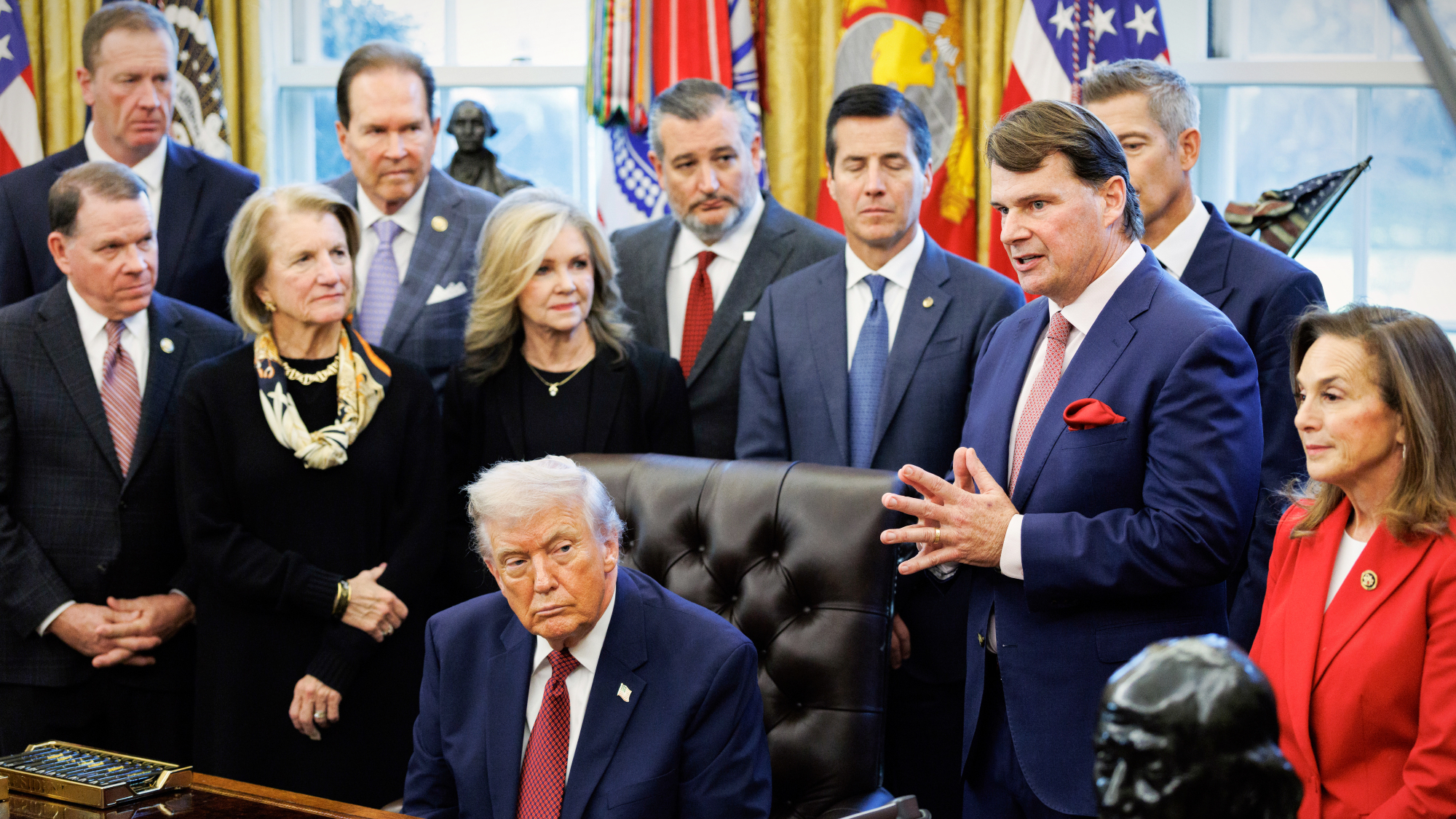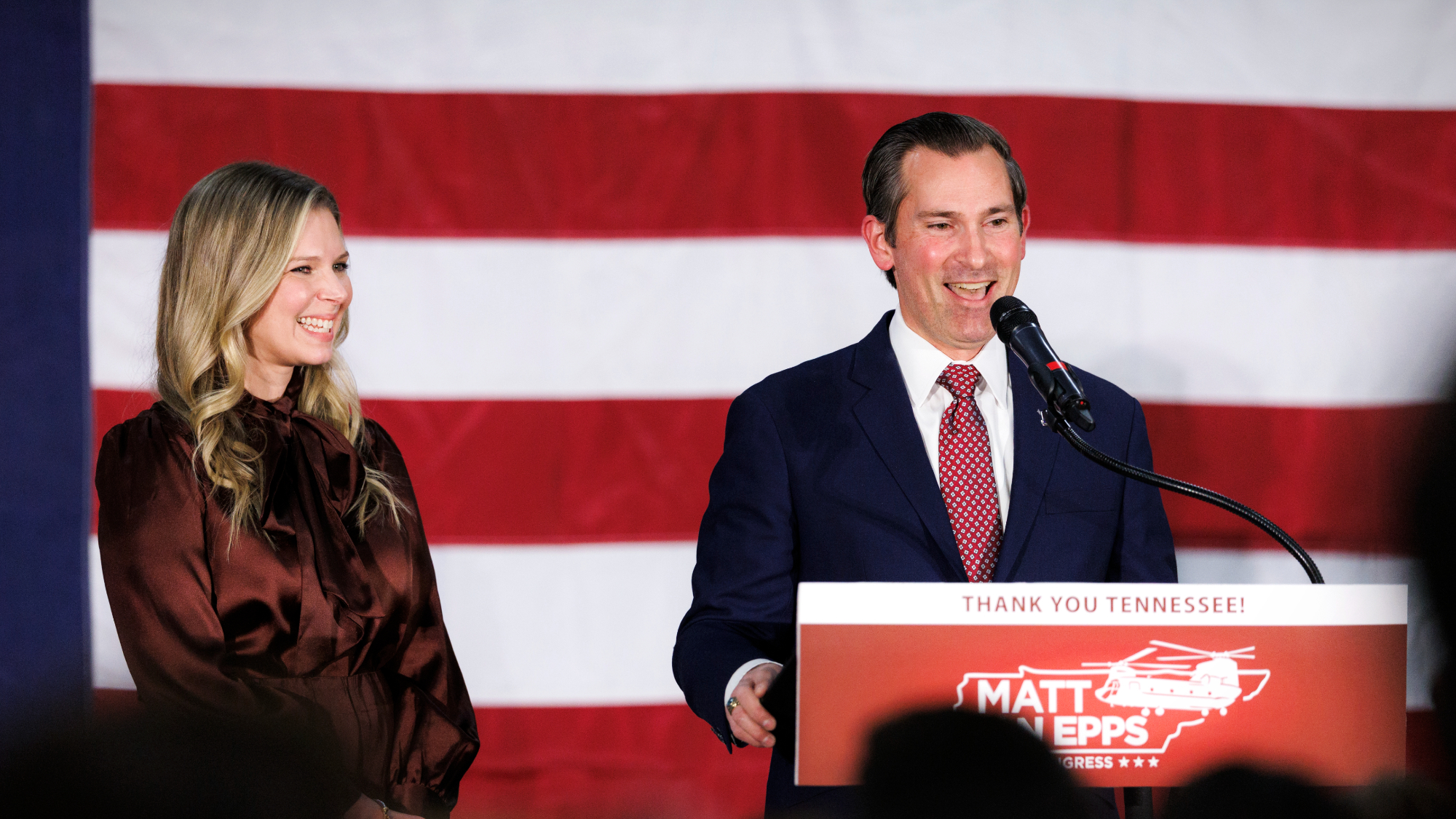Republicans appear to be losing suburban voters. That's a bad sign for 2018.


With the caveat that a year is a long time in politics, the 2018 midterms are looking increasingly challenging for the Republican Party. In an NBC News/Wall Street Journal poll released Sunday, 50 percent of registered voters said they'd prefer Democrats control Congress versus 39 percent who picked Republicans — the best numbers for Democrats since before their 2008 wave. "All in all, I think a 41 percent Trump approval and an +11D lead in the control of Congress definitely puts control of the Senate and the House as more doable for Democrats in 2018," said Democratic pollster Fred Yang.
Democrats enjoyed a 20-point lead among women, a 2-point advantage among men, and a 48-point lead among voters 18 to 34; they lost whites without a college education by 12 points, NBC News says. But that gives Democrats a long-awaited opening in the suburbs. "From Texas to Illinois, Kansas to Kentucky, there are Republican districts filled with college-educated, affluent voters who appear to be abandoning their usually conservative leanings," The New York Times reports, continuing:
The mounting backlash to President Trump that is threatening his party's control of Congress is no longer confined just to swing districts on either coast. Officials in both parties believe that Republican control of the House is now in grave jeopardy because a group of districts that are historically Republican or had been trending that way before the 2016 election are slipping away. ... The suburban revolt, which began in a handful of little-noticed special elections and then exploded last month in governor's and state House races in Virginia, was on display again on Tuesday in Alabama, where Doug Jones, a Democrat, claimed a stunning Senate win thanks to African-Americans and upscale whites. [The New York Times]
Republicans see hope in "internecine Democratic fights" that lead to "messy primaries and leftward pressure on candidates" in more moderate districts, the Times notes. You can read more about the GOP's suburban problems at The New York Times.
The Week
Escape your echo chamber. Get the facts behind the news, plus analysis from multiple perspectives.

Sign up for The Week's Free Newsletters
From our morning news briefing to a weekly Good News Newsletter, get the best of The Week delivered directly to your inbox.
From our morning news briefing to a weekly Good News Newsletter, get the best of The Week delivered directly to your inbox.
A free daily email with the biggest news stories of the day – and the best features from TheWeek.com
Peter has worked as a news and culture writer and editor at The Week since the site's launch in 2008. He covers politics, world affairs, religion and cultural currents. His journalism career began as a copy editor at a financial newswire and has included editorial positions at The New York Times Magazine, Facts on File, and Oregon State University.
-
 The great global copper swindle
The great global copper swindleUnder the Radar Rising prices and easy access makes the metal a ‘more attractive target for criminals looking for a quick profit’
-
 ‘They’re nervous about playing the game’
‘They’re nervous about playing the game’Instant Opinion Opinion, comment and editorials of the day
-
 Will Netanyahu get a pardon?
Will Netanyahu get a pardon?Today's Big Question Opponents say yes, if he steps down
-
 Trump boosts gas cars in fuel economy rollback
Trump boosts gas cars in fuel economy rollbackspeed read Watering down fuel efficiency standards is another blow to former President Biden’s effort to boost electric vehicles
-
 Hegseth’s Signal chat put troops in peril, probe finds
Hegseth’s Signal chat put troops in peril, probe findsSpeed Read The defense secretary risked the lives of military personnel and violated Pentagon rules, says new report
-
 Trump pardons Texas Democratic congressman
Trump pardons Texas Democratic congressmanspeed read Rep. Henry Cuellar was charged with accepting foreign bribes tied to Azerbaijan and Mexico
-
 GOP wins tight House race in red Tennessee district
GOP wins tight House race in red Tennessee districtSpeed Read Republicans maintained their advantage in the House
-
 Trump targets ‘garbage’ Somalis ahead of ICE raids
Trump targets ‘garbage’ Somalis ahead of ICE raidsSpeed Read The Department of Homeland Security will launch an immigration operation targeting Somali immigrants in the Minneapolis-St. Paul area
-
 Hegseth blames ‘fog of war’ for potential war crime
Hegseth blames ‘fog of war’ for potential war crimespeed read ‘I did not personally see survivors,’ Hegseth said at a Cabinet meeting
-
 Canada joins EU’s $170B SAFE defense fund
Canada joins EU’s $170B SAFE defense fundspeed read This makes it the first non-European Union country in the Security Action for Europe (SAFE) initiative
-
 Appeals court disqualifies US Attorney Alina Habba
Appeals court disqualifies US Attorney Alina HabbaSpeed Read The former personal attorney to President Donald Trump has been unlawfully serving as US attorney for New Jersey, the ruling says
